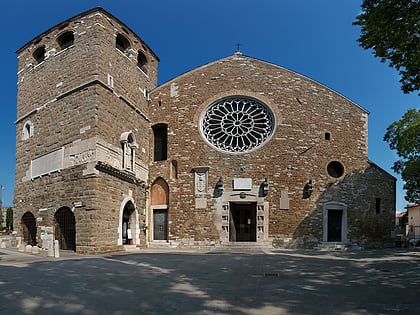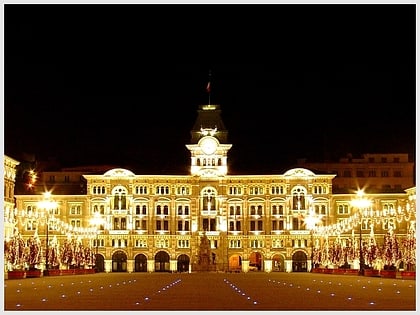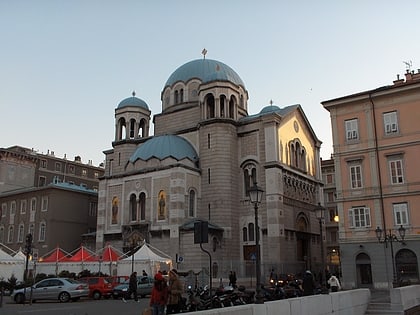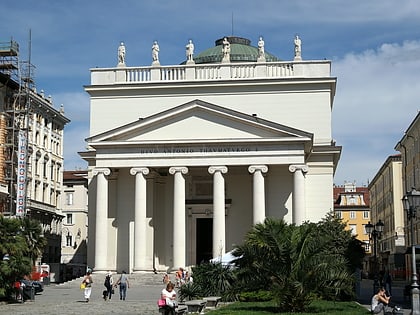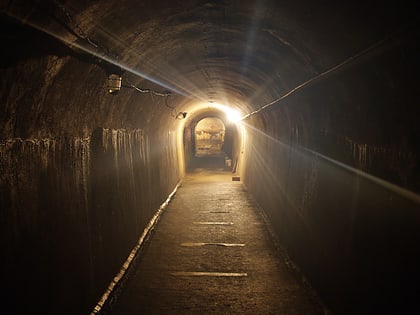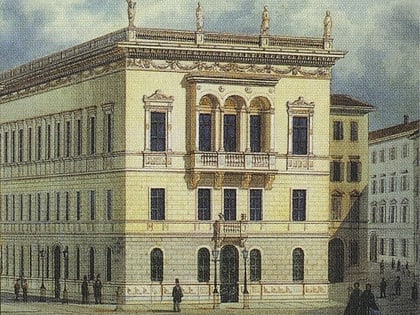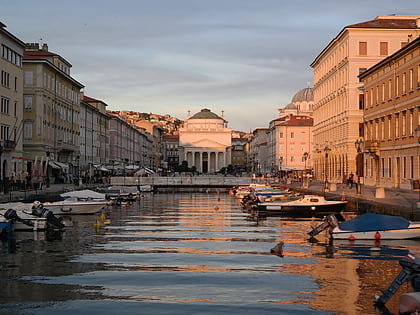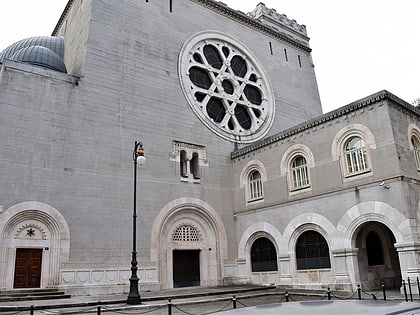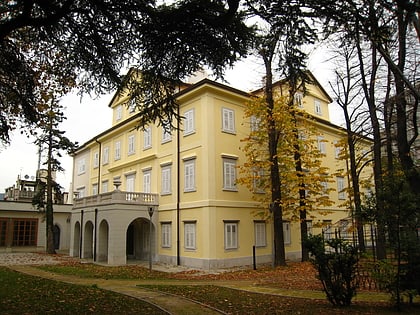Teatro Romano, Trieste
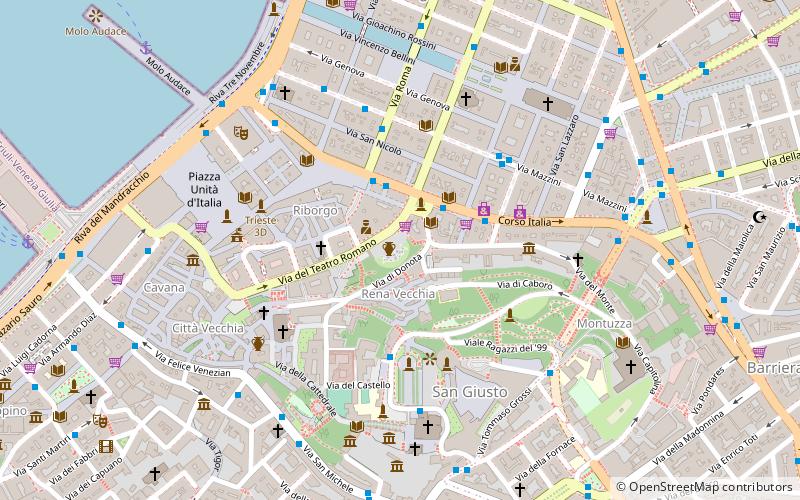
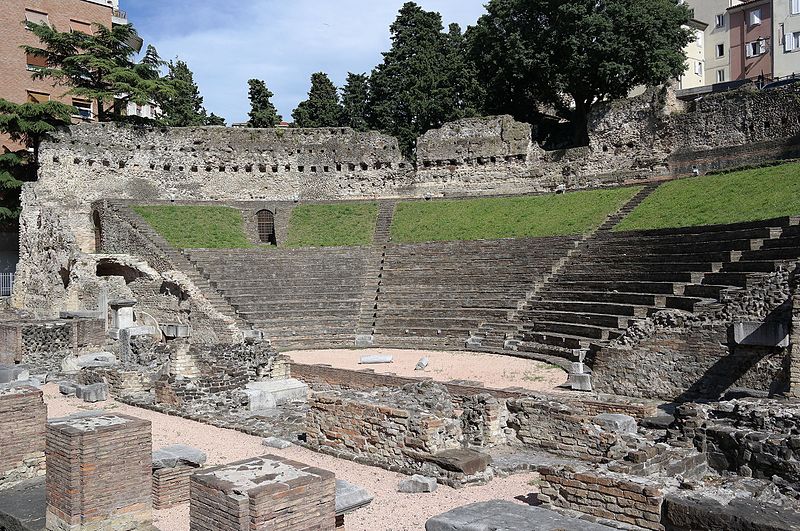
Facts and practical information
Trieste's Roman theater is located at the foot of San Giusto hill, right in the center of the city, on the edge of the old city, between Donota Street and Roman Theater Street.
At the time of its construction, the theater was located outside the city walls and by the sea, which at that time reached as far as that area. On its tiers of seats, also built taking advantage of the natural slope of the hill, between 3,500 and 6,000 spectators could be accommodated, according to various sources. The construction of the theater is dated to the end of the 1st century B.C. and expanded in the early 2nd century A.D. It was probably built at the behest of the Triestine Quintus Petronius Modestus, procurator and flamen of Emperor Trajan, mentioned in several inscriptions, who, according to other sources, instead only took care of its renovations.
Over the centuries the theater was then hidden by the houses that rose above it. Believed to be lost, it was located in 1814 by architect Pietro Nobile, but only in 1938 was it unearthed during the demolition of part of the old city. The statues and inscriptions found in the excavations are preserved in the Lapidarium Tergestino at the Civic Castle Museum in San Giusto Castle.
Teatro Romano – popular in the area (distance from the attraction)
Nearby attractions include: Trieste Cathedral, Piazza Unità d'Italia, Saint Spyridon Church, Greek Orthodox Church of San Nicolò dei Greci.
Frequently Asked Questions (FAQ)
Which popular attractions are close to Teatro Romano?
How to get to Teatro Romano by public transport?
Bus
- Corso Italia • Lines: 11, 18, 25, 80 (2 min walk)
- via Rota 7 • Lines: 24 (3 min walk)
Ferry
- Molo Audace • Lines: Trieste - Grado (7 min walk)
- Molo dei Bersaglieri • Lines: Ferry (10 min walk)
Tram
- Piazza Oberdan • Lines: 2 (10 min walk)
- Piazza Casali • Lines: 2 (16 min walk)
Train
- Trieste Centrale (16 min walk)
- Trieste Campo Marzio Smistamento (24 min walk)

